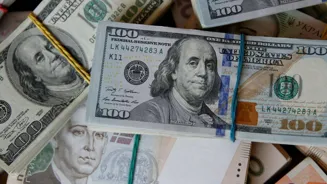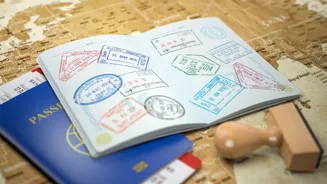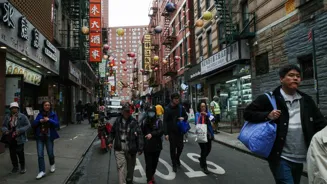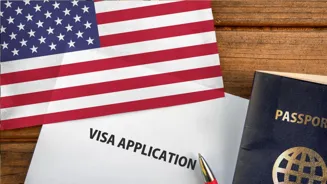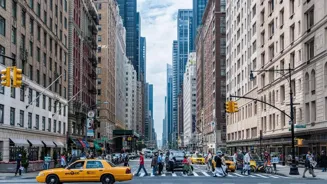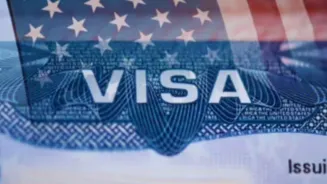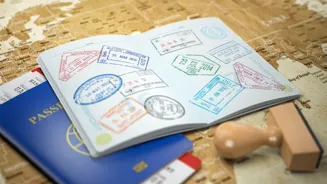It is the Trump administration's latest move to tighten immigration regulations in the United States. Based on the Federal Register notification, here's what we know regarding the bond program:
Who Needs to Pay | TheUS pilot programapplies to leisure and business visitors who need B-1 or B-2 visas to enter the country. These travellers must be coming from countries that have high visa overstay rates, insufficient screening and vetting information,
Countries Affected | The US Department of State will announce the list of countries as early as today. The Department of Homeland Security's 2023 Entry/Exit Overstay Report will be used to determine overstay rates. This report, issued on August 5, 2024, identifies Chad (50%), Laos (35%) and Haiti (31%) as countries with high overstay rates.
The countries having the largest total overstays, by number, include Mexico (about 49,000), Brazil
Bond Amounts | Bonds are categorised into three levels: $5,000, $10,000, and $15,000. Bond amounts are at the discretion of consular authorities, according to established norms. It will be determined by travellers' ‘personal circumstances,’ which include the reason for the travel, employment, income, skills, and education. Travellers who are required to pay a visa bond must enter and exit the country through designated ports of entry, which will be announced
How many people will have to pay | The US Department of State anticipates approximately 2,000 people to post visa bonds during the pilot program. This relatively low number is based on the number of people qualified to get US visas and the uncertainty surrounding the number of individuals who can pay the bond.
Why a pilot program | The program's goal is to assess the feasibility of processing and discharging bonds, as well as to spur foreign governments to reduce overstay rates and improve
How many US visitors overstay their visa terms | According to the US Congressional Research Service, only 1%-2% of non-immigrant tourists overstayed their visas per year between 2016 and 2022. However, figures show that 42% of the estimated 11 million people who live in the country without authorisation entered with legitimate visas but never departed.
According to the State Department's visa bond notice, over 320,000 individuals overstayed their visas in 2019, including those who finally departed
How is it different from the blanket rule? The pilot program includes more information than the blanket $250 ‘visa integrity fee’ that was announced in July, such as when it will begin, how it will be implemented, and the mechanisms for posting and refunding bond amounts.
Program Details | It is a 12-month pilot program that will take effect from August 20. It will apply to B-1 and B-2 non-immigrant visas, and those required to pay bonds must enter and exit the United States from a pre-selected list of airports.
